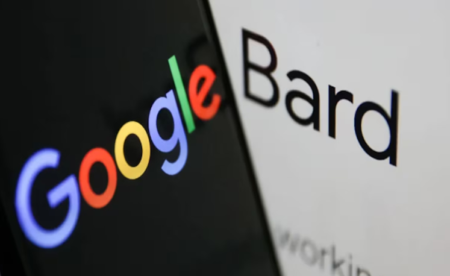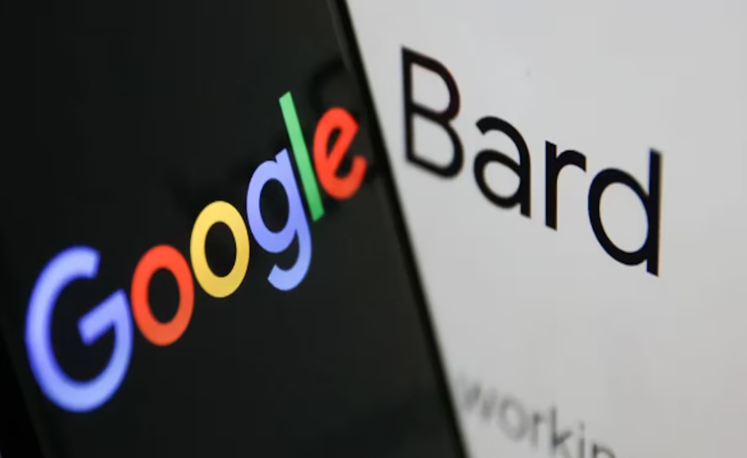 We’ve been on this website for months talking about all the things you can do with ChatGPT , and the truth is that it’s fascinating how far you can go with OpenAI’s Artificial Intelligence. However, in recent weeks Google has stepped up and opened the doors of its Bard chatbot to the public .
We’ve been on this website for months talking about all the things you can do with ChatGPT , and the truth is that it’s fascinating how far you can go with OpenAI’s Artificial Intelligence. However, in recent weeks Google has stepped up and opened the doors of its Bard chatbot to the public .
Today Google Bard is still in the experimental phase, although it can already be tested in more than 180 countries, including Latin America and the United States (if you want to use it in Spain you will have to use this little trick ). Of course, it still has some important limitations, such as the language barrier: for now it only understands English, Japanese and Korean.
10 things you can do with Google Bard, but not with ChatGPT
If you’re fluent in English and want to start “saucing” with Bard, here’s a brief guide to all the things you can ask of Google’s Artificial Intelligence. Bard may have been a bit of a latecomer to the game, but luckily for Google, there are some features where he’s already outpaced ChatGPT .
1- Bard has access to the Internet
This is probably Bard’s biggest difference (and advantage) from ChatGPT. The possibility of obtaining updated answers thanks to your Internet connection , allows us to ask you for day-to-day information, such as the weather in California, or the price of Netflix shares. Questions of this type in ChatGPT are simply unthinkable today.
2- Faster queries
Another of the key points in the battle between ChatGPT and Bard is the speed in generating responses. What ChatGPT does is display the text on the screen as it is generated, word by word. In the end, by the time he finishes typing the full answer, anywhere from 30 seconds to a minute can have passed quietly.
Bard works differently. First it stays thinking for a couple of seconds, without showing anything on the screen, and then it shows the entire answer at once. In total it usually takes no more than 4-5 seconds for most common requests .
3– Answers with images
For certain questions, text answers are not enough. In this sense, Bard takes advantage of ChatGPT, since it can show images in its responses. Thus, we can ask him things like “Which are the most representative paintings of Sorolla?” or “Show me places to visit in New Orleans.”
This function is not yet operational, although as Google explained a few days ago , it will be available soon.
4- Questions with images
Thanks to Bard’s integration with Google Lens , this will allow the AI to receive “prompts” or instructions that include images. For example, we may pass you a photo of a cat, dog or other animal and ask you to identify what breed it is.
This is just an example of what we can do with images, but the creativity and possibilities that this function brings is enormous. ChatGPT can also receive images, but only in the GPT-4 version, which at least for now is paid. Google Bard does it for free .
Note: Like picture answers, picture questions are coming soon on Bard.
5– Export and share information
If you like any of the answers provided by Google Bard, you can copy it to the clipboard (by clicking on the 3-dot icon and selecting “Copy”). But the thing does not stop there, because if you click on the export button that you will see at the end of each answer, you can create a Google Docs document with the answer or share it through Gmail.
ChatGPT in this sense is much more limited, since it only has a button to copy responses to the clipboard.
6- Expand the answers
Bard, like ChatGPT, is a technology that is still experimental, and that causes it to suffer “hallucinations”, or what is the same, that it provides false or incorrect data as if it were true.
For this reason, it is great that at the end of each Bard answer we find a button that says “Google it” . If we click on it, a list of possible related searches will appear in the Google search engine. This will be great for us to verify the data, but also to expand the information when we need a more extensive or elaborate response.
7– Abstracts of articles and websites
Thanks to Bard’s permanent Internet connection, we can ask you to summarize the information from any article, blog or web page. To do this we just have to attach the link and ask him to summarize it in a few words.
In our case, we have asked him to make a summary of the review of some headphones, and although he has been correct in many of the key points, he has made a mistake in details such as the price or some technical characteristics. It is clear that the issue of “hallucinations” is something to improve, but as a general summary to get an idea of any long or boring article it is great.
8- Several drafts available
This is one of the key differences between Bard and ChatGPT. Google’s Artificial Intelligence is not only faster in answering user questions, but also, for each “prompt” or question, we will always be shown 3 different drafts .
Each of these drafts takes a different approach to the question or request made by the user, so if you don’t like the first answer you can always choose and keep the best draft.
When we work with ChatGPT, if we don’t like the answer provided we will have to ask it to generate a new one. Taking into account that his typing speed is not as fast as Bard’s, this makes the process take a lot longer in time.
9- Prompts through voice commands
Bard is also available on mobile devices. If you access the Google chatbot in this way, you will see that in the text box to enter your questions there is also a microphone icon . If you click on it you can dictate your queries without having to write.
It is clear that for certain types of questions it is necessary to write the text by hand, but if we only want to ask a casual or simple question, we can do it without having to touch the phone’s keyboard.
10- Personalized programming tutor
Another thing that Bard does quite well is explain to you how a certain program or piece of code works. In the same way that we can ask you to summarize a web page, we can give you a link to a GitHub page and ask you to explain how a certain project works.
This can be very useful if we are learning to program, or if we want to develop/modify/improve an application and we need a guide or tutor to show us how it works in simple words.
Conclusion
In addition to all these advantages that we have just mentioned, Bard also has plugins, just like ChatGPT . This allows us to connect Bard with Spotify to listen to music, order food from Uber Eats, or generate images with Adobe Firefly.
Some of these extra features, like Adobe Firefly, will be integrated directly into Bard, while other tools will have to be installed from the Google chatbot plugins section. At this time it seems that the plugins are not yet enabled for everyone, so we have not been able to test them, although everything indicates that it will be another of the strengths of Google’s Artificial Intelligence.
And what do you say, have you already tried Bard? Do you think it’s better than ChatGPT or do you think it still hasn’t hit the bottom of its heels?
